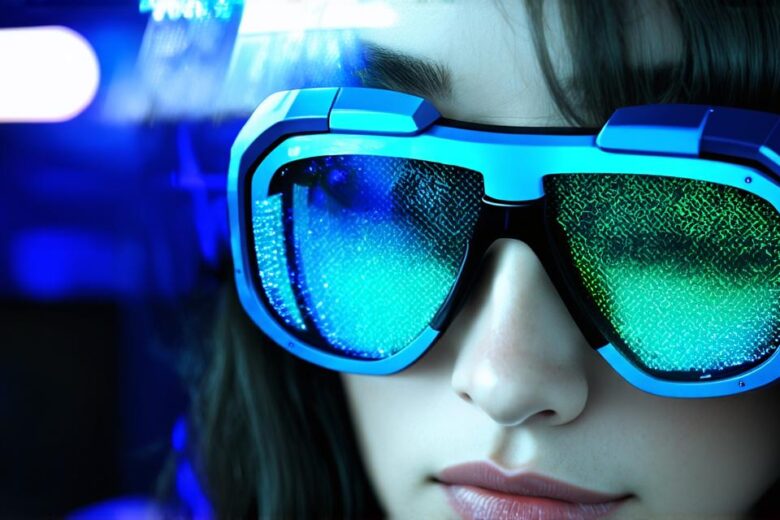1. Definition of Augmented Reality
At its core, augmented reality is a technology that superimposes digital information onto the real world. This digital information can be in the form of images, text, 3D models, or animations, and it can be displayed on devices such as smartphones, tablets, or smart glasses. AR is often used to enhance user experience by providing additional context or information about a particular object or location.
1. Implications for Businesses
AR technology has the potential to revolutionize how businesses interact with their customers. By using AR, businesses can create more engaging and interactive experiences that allow customers to explore products and services in a more immersive way. For example, AR can be used to provide customers with virtual try-on experiences for clothing or makeup, allowing them to see how products will look on them before making a purchase.
1. Implications for Consumers
For consumers, AR technology offers a more immersive and interactive way to engage with digital content. By using AR, consumers can explore products and services in a more hands-on and engaging way, which can lead to increased satisfaction and loyalty.
1. Types of Augmented Reality
There are two main types of augmented reality: marker-based AR and markerless AR.
Marker-based AR uses a physical object, such as a QR code or a barcode, to trigger the display of digital content. This type of AR is often used in retail settings, where customers can scan a product to see additional information or try on a virtual version of the product.
Markerless AR, on the other hand, does not require a physical object to trigger the display of digital content. Instead, it uses machine learning algorithms and computer vision technology to identify objects in the real world and overlay digital information onto them. This type of AR is often used in gaming and entertainment settings, where users can interact with virtual objects in the real world.

1. Future of Augmented Reality
The future of augmented reality is bright, with continued advancements in technology leading to more immersive and interactive experiences for businesses and consumers alike. As AR becomes more mainstream, we can expect to see it used in a wide range of industries, from retail and healthcare to education and entertainment.
1. Conclusion
In conclusion, augmented reality technology is a rapidly growing field that has the potential to revolutionize how we interact with the digital world. By providing businesses with new ways to engage with customers and consumers with more immersive and interactive experiences, AR has the power to transform industries and create new opportunities for innovation and growth.
